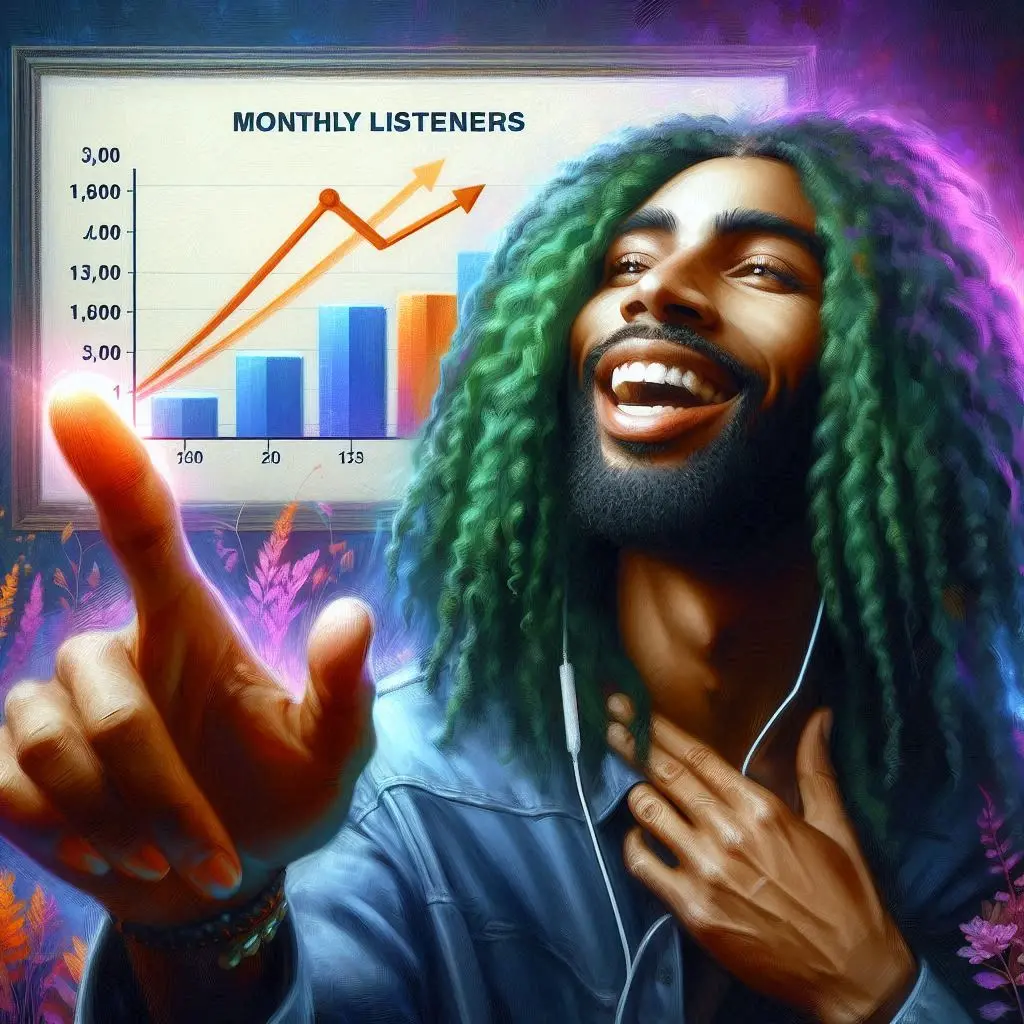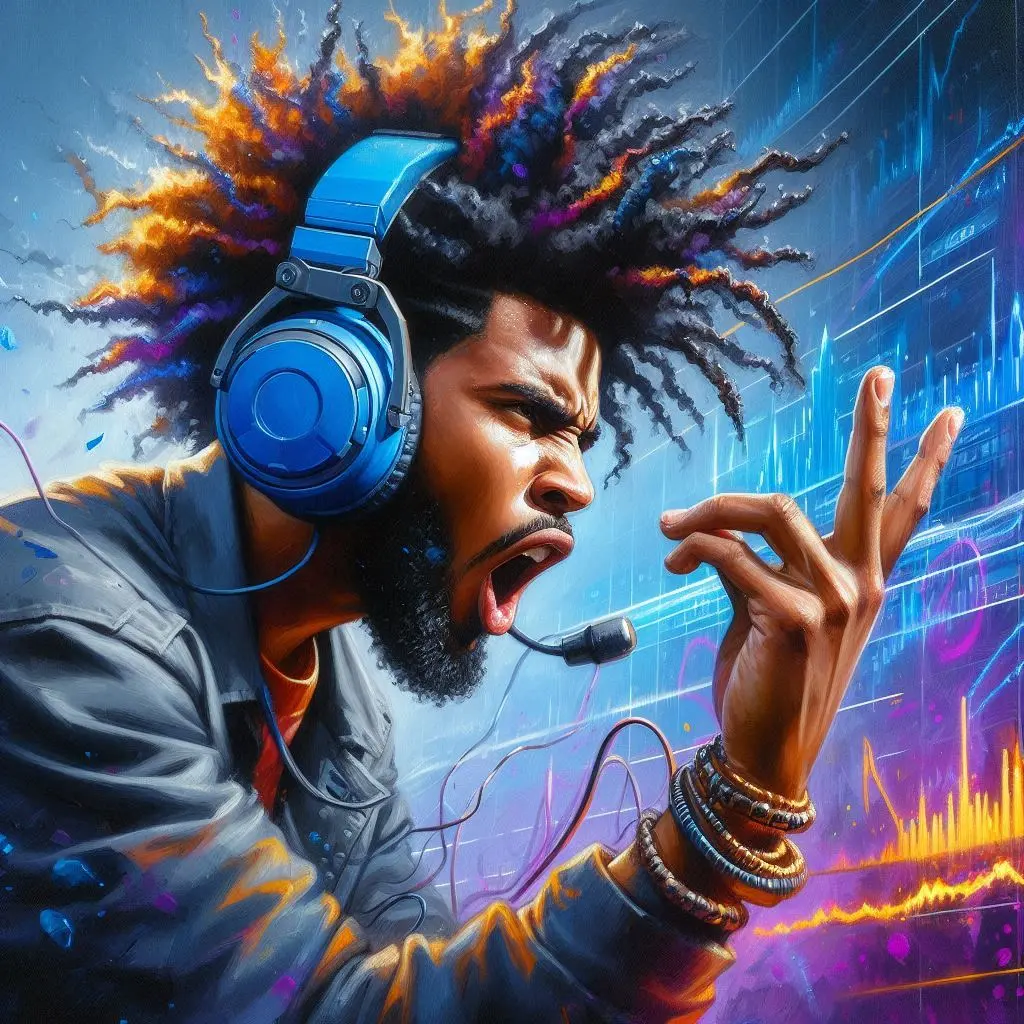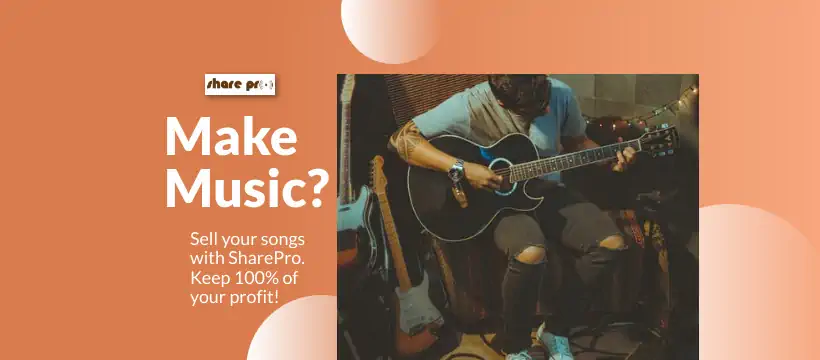What the Numbers Say: Music Analytics for Indie Artists
Unlock music analytics to grow your indie music career with data-driven strategies.
We all know it's not just about how good your music sounds—it's also about how well you understand your audience. This is where music industry analytics come into play. Knowing what you're doing right with your music and how listeners engage with it can be a game-changer for your career.
Music analytics have long been powerful tools, giving us deep insights into how our tracks are performing and what modern listeners are into. Some experts even say that 'big data is the real value of streaming music, not the money.' For indie artists, using music analytics isn't just a nice-to-have—it's a must for growth and sustainability. While the media often highlights its impact on big music companies, data science is just as crucial for us independent artists.
With countless streaming services, social media platforms, and digital radio stations out there, it can be tough to keep track of your performance across all these mediums. The digital age has given us amazing platforms to promote our music, connect with fans, and grow our careers, but the flip side is the overwhelming volume of metrics to manage.
This is where music analytics becomes a critical tool in your arsenal. They offer insights way beyond the number of streams or downloads. From understanding your listeners' demographics to analyzing concert attendance patterns, using data strategically can transform how you operate, promote your music, and connect with fans. Plus, analytics help you spot local opportunities, find high-potential markets, and measure the impact of your marketing efforts. Timing and accuracy are everything here—getting real-time insights can make a huge difference.
Imagine your music is getting major radio play in Los Angeles, and the audience loves it. That market could be a goldmine for you, but to capitalize on it, you might need to find a local promo team, build a PR strategy, tweak your tour route, and pitch to local promoters. All that takes time, and even a day's delay can be crucial.
Beyond finding opportunities, indie artists use analytics to back up their pitches to executives, booking agents, and promoters. Building a music career is all about collaboration, and having concrete data to support your pitch is a game-changer. The live music industry, in particular, relies heavily on region-specific insights, so using data to identify opportunities is key to success.
So, let's explore how using music analytics can boost your indie music career to the next level!
Types of Music Analytics Data
1. Social Media and Web-Mentions Tracking: Complementary Tools
Social media is a key part of any music marketing campaign. However, while built-in tools give you detailed social media metrics, they might miss some crucial data points. In our viral era, user-generated content (UGC) can make an unknown artist famous overnight, and not all of this content lives on the artist’s own pages. That’s why a complete analytics setup should include tools to track web and social media mentions.

2. Cross-Channel Data Analytics: All-in-One Solutions
Cross-channel music data analytics tools gather data from all the different platforms and mediums, providing a single, streamlined overview of an artist’s career. It takes time and skill to find clean, relevant information, capitalize on it, and turn it into actionable insights.
3. First-Party Streaming Data & Built-In Social Media Analytics Tools
These tools, provided by major streaming services, offer critical insights about an artist’s audience, such as demographics and location, that you can’t find anywhere else. Similarly, every social media platform offers its own built-in analytics tool, providing a snapshot of your performance within that platform. However, the value of this data is limited without a larger setup that draws in data from multiple platforms.
4. Distributor’s Dashboard: DSP Data Aggregation
A distributor’s dashboard gives a broader overview of an artist’s performance, summarizing data across streaming platforms and digital storefronts for a comprehensive view of performance throughout the digital distribution network.
Best Music Analytics Tools for Artists
YouTube for Artists
- Dashboard: User-friendly interface in YouTube Studio.
- Analytics: Real-time data on audience, global reach, and performance.
- Metrics: Views, watch time, subscribers, and estimated revenue.
- Insights: Detailed info on content reach, engagement, and revenue.
Apple Music for Artists
- Tracking: Monitors streaming plays on Apple Music and sales on iTunes.
- Insights: Provides data on song/album performance and audience demographics.
- Planning: Useful for planning shows and customizing set lists.
Spotify for Artists
- Insights: Detailed data on streams, listeners, and playlist categories.
- Importance: Essential for understanding performance in a data-driven music industry.
Chartmetric
- Aggregation: Gathers data from platforms like Spotify, YouTube, and TikTok.
- Analytics: Provides data on playlist ads, audience demographics, and global ranking.
- Features: Includes a global digital artist ranking system.
SoundCharts
- Aggregation: Combines data from social media, streaming platforms, and charts.
- Platforms: Covers Spotify, Apple Music, Shazam, YouTube, and more.
- Insights: Offers actionable streaming and social media data.
Using Social Media and Streaming Analytics
In 2024, indie artists have a powerful tool at their disposal: data from social media and streaming services. By tapping into this treasure trove of information, artists can get a better understanding of their audience and make smart decisions to boost their music careers.
Timing Is Everything Analytics can show when fans are most active online. Knowing this, indie artists can time their music releases and social media posts to get the most attention and engagement.
Discoverability Data can reveal how listeners find their music—whether it’s through searches, playlists, or recommendations. This helps artists position themselves better on these platforms.
Audience Preferences Streaming platforms offer detailed stats on listens, skips, and playlist additions. By analyzing this data, artists can focus on creating music that their audience loves.

Targeted Marketing Social media analytics provide insights into audience demographics like age, location, and interests. This information helps artists run targeted ads and promotional campaigns, creating content that resonates with their fans.
Refining Strategies With data on past promotional efforts, indie artists can see what worked and what didn’t. This helps them fine-tune their marketing strategies to be more effective and cost-efficient.
Real-Time Feedback Streaming analytics offer real-time feedback on new releases, allowing artists to quickly adjust their promotional activities. This agility gives them a competitive edge in the fast-paced music industry.
In short, by leveraging social media and streaming analytics, indie artists can make informed decisions to enhance their music promotion, engage with their audience, and ultimately grow their careers.
Final Thoughts
Knowing your strengths and areas for improvement is crucial for success in the music industry. Indie artists who use social media and streaming data can make smarter decisions, improve their marketing, and create music that connects with their fans. Analytics can show which songs are hits, the best places to tour, and the social media posts that get the most likes and shares.
By using this data, indie artists can manage their resources better and focus on what truly pays off.
Blog Article Tags
demographics promotion engagement growth strengths improvement marketing tourMore Articles
Where To Find Good Indie Music - If you're a long time fan or first time listener of Indie music, we'll show you the best methods for discovering the music you love.
What Is The Main Role of Sound Engineers? - I show the importance of sound engineers & those who made an impact over the years.
Top 10 Best Guitar Accessories - I show you the top 10 essential guitar accessories for better performance.
The Indie Artist's Survival Guide: Staying Informed About Industry Trends - Discover how you can adapt & seize the exciting opportunities in the music industry.
The Influence of Hip Hop on Dance and Choreography - Learn the history on how Hip Hop helped shape & impact dance & choreography.


